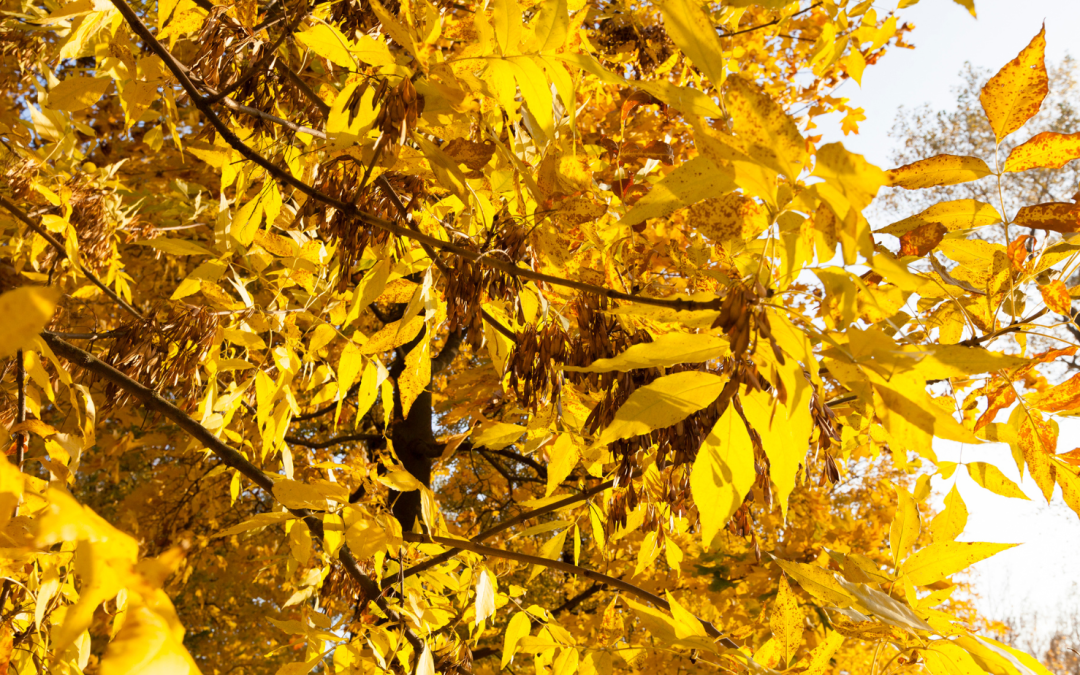In the serene landscapes of the United Kingdom, a silent and insidious threat has been quietly making its presence known—Ash Dieback disease. This devastating fungal infection, caused by the pathogen Hymenoscyphus fraxineus, has cast a shadow over the nation’s ash trees, reshaping the ecological narrative and challenging the resilience of its woodlands.
Introduction to Ash Dieback:
The disease originated in Asia and found its way to Europe in the early 1990s when Ash Dieback disease was first identified in Eastern Europe. It is believed that the fungus made its way to the UK through the importation of infected nursery stock but no one knows for sure. Unbeknown to many, this seemingly innocuous introduction would set the stage for a widespread and transformative impact on the country’s ash tree population.
The Unseen Invasion of Ash Dieback:
Ash Dieback quietly established itself in the UK, taking hold of ash trees in woodlands, hedgerows, and urban areas. The airborne nature of the fungal spores facilitated its rapid spread, allowing the disease to traverse large distances undetected. The unsuspecting landscape became a battleground, and the ash trees faced an adversary that would alter their fate.
Identification and Impact:
The first signs of Ash Dieback manifest as blackened lesions on the leaves and stems, eventually leading to crown dieback and, in severe cases, tree mortality. The fungus overwinters in leaf litter, it is believed mainly on ash leaf stalks. White fruiting bodies emerge between July and October which then release spores that can blow on the wind for tens of miles. They land on leaves, stick to and then penetrate into the leaf. The fungus blocks water transport systems causing these sections to die. Repeated year on year infections cause more and more localised death whing the transport system and can eventually kill the tree.
The visual impact is not only disheartening for nature enthusiasts but also poses a significant threat to biodiversity, as ash trees are a crucial component of many ecosystems.
Economic and Ecological Consequences of Ashdieback:
The ramifications of Ash Dieback extend beyond the aesthetic and ecological realms. The loss of ash trees has economic implications for industries reliant on wood products, as well as for the forestry and landscaping sectors. Additionally, the void left by the decline of ash trees disrupts the intricate web of relationships within ecosystems, affecting wildlife that depends on these trees for habitat and sustenance.
Mitigation Efforts and Future Outlook:
In response to the Ash Dieback crisis, concerted efforts have been made to understand, monitor, and mitigate its impact. Research initiatives, public awareness campaigns, and biosecurity measures have been implemented to slow the spread and protect remaining healthy trees. It is estimated that 5% of trees have a tolerance to ash dieback, this gives hope that the population could eventually recover over time and studies are ongoing to investigate this However, the challenges persist, and the long-term outlook for ash trees in the UK remains uncertain.
Ongoing Research:
The introduction and spread of Ash Dieback disease into the UK underscore the interconnectedness of global ecosystems and the vulnerability of our natural landscapes. As we navigate the complex terrain of combating this silent threat, there is a collective responsibility to protect and preserve the resilience of our woodlands. Through ongoing research, conservation efforts, and community engagement, we can hope to mitigate the impact of Ash Dieback and safeguard the ecological heritage of the UK for generations to come.
If you’re unsure if Ash Dieback is affecting your tree, in the North West of England or North Wales, and you want some advice please get in touch with Lally Tree Management.

